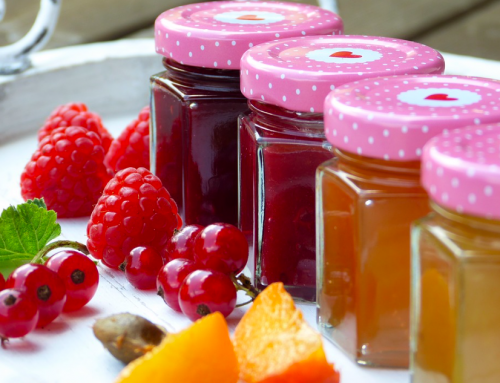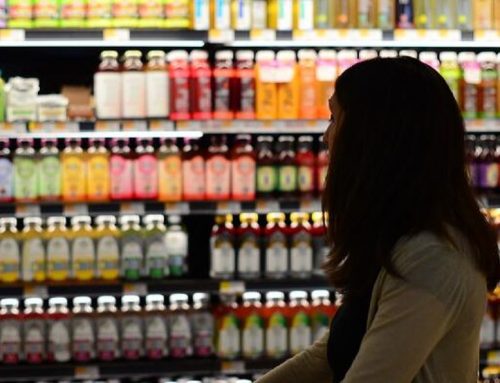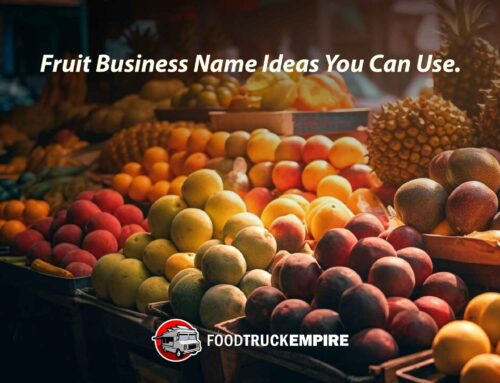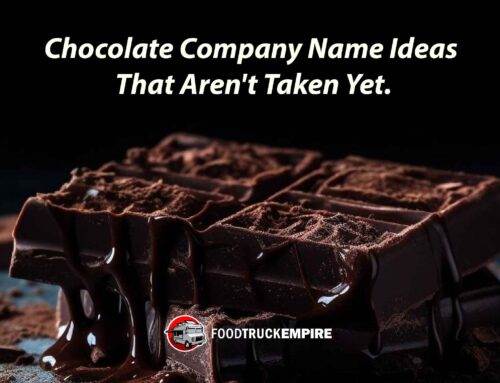Feel like your emotional stability relies on whether or not you’ve got enough gummy bears stored in the pantry? You’re not alone. According to a survey published by the National Confectioners Association, more than two thirds of Americans who responded said chocolate and candy was an important part of their emotional well being. Can’t argue with that!
To say sweet confectionery is a big industry would be an understatement. In the United States, the market is valued $44 billion dollars. In today’s market analysis, we compiled some of the most fascinating data from the candy industry, including sales trends and seasonal candy consumption habits. Let’s dive in.
Key Candy Statistics
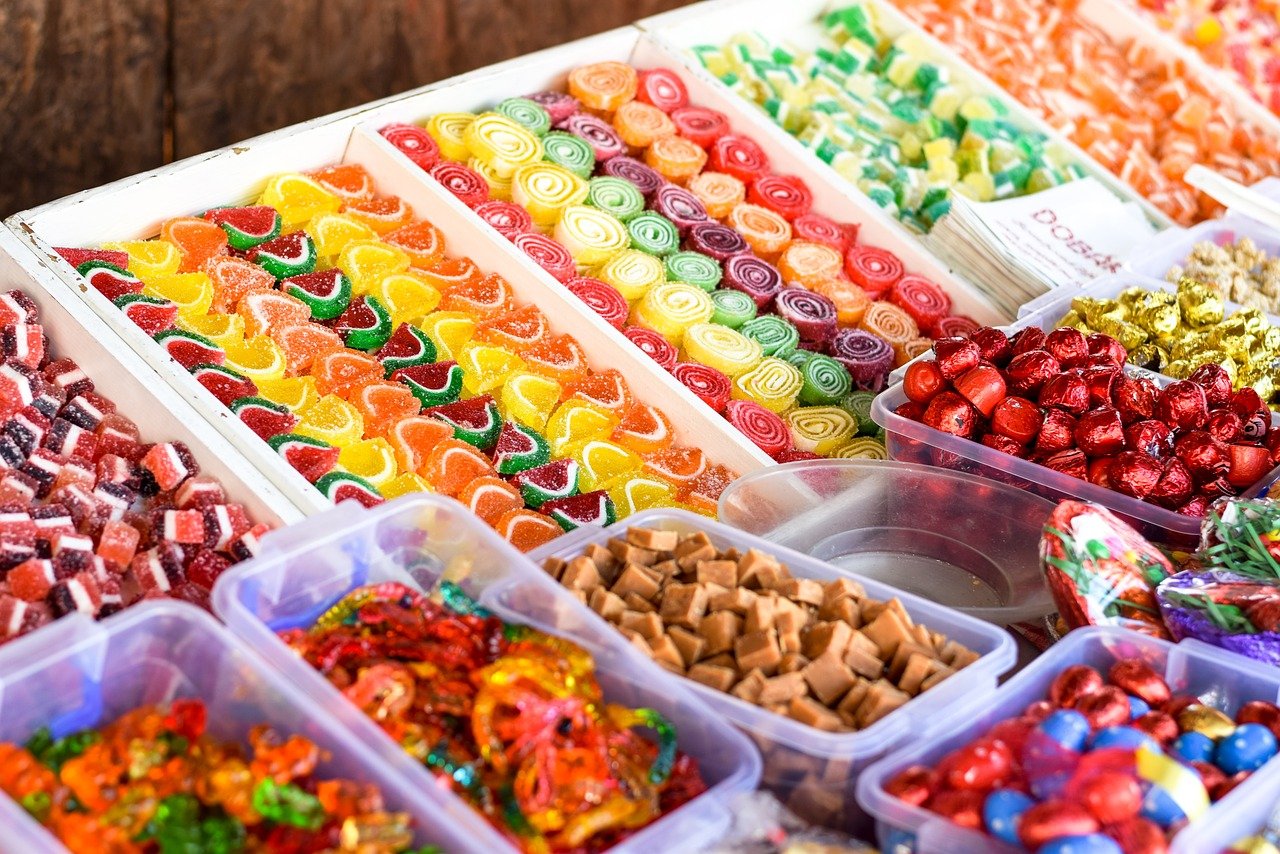
A variety of candies.
Chocolate and candy are an important part of their emotional well-being according to 72% of Americans. (National Confectioners Association)
Chocolate is the most prominent segment, dominating the market with its increased consumption worldwide. (Market Watch)
80 percent of the general public and about 90 percent of millennial moms and young parents expressed that they can’t imagine Halloween without chocolate and candy, and that trick-or-treating is irreplaceable. (PR Newswire)
99% of American households purchase candy or chocolate at least once a year. (National Confectioners Association)
96% of parents said they planned to celebrate Halloween this year despite the current pandemic. (Candy USA)
The most popular cotton candy flavor among respondents in a survey is cherry with 53% suggesting it as a favorite. 36% chose blue raspberry while 24% chose blueberry. (AYTM)
Related Reading: 175 Profitable Candy Shop Name Ideas You Can Steal
Jolly Rancher maker, The Hershey Co., conquered the hard candy segment capturing nearly 22% of the market share. Werther’s Original from Storck followed with 17%. (Candy Industry)
78% of Americans maintain that giving seasonal candy and chocolate is a fine American tradition. (National Confectioners Association)
56% said in a survey that they prefer eating cotton candy at carnivals. 47% of them enjoyed cotton candy at fairs, while 28% like eating it at home. (AYTM)
The gums (bubble gum and chewing gum) industry in the U.S. is approximated at US$8.1 billion this year 2020. (pre-pandemic figure). (Global Newswire)
According to a survey, 52% said they have a positive opinion of cotton candy while only 20% said they have a negative opinion of it. (AYTM)
Candy Sales Numbers
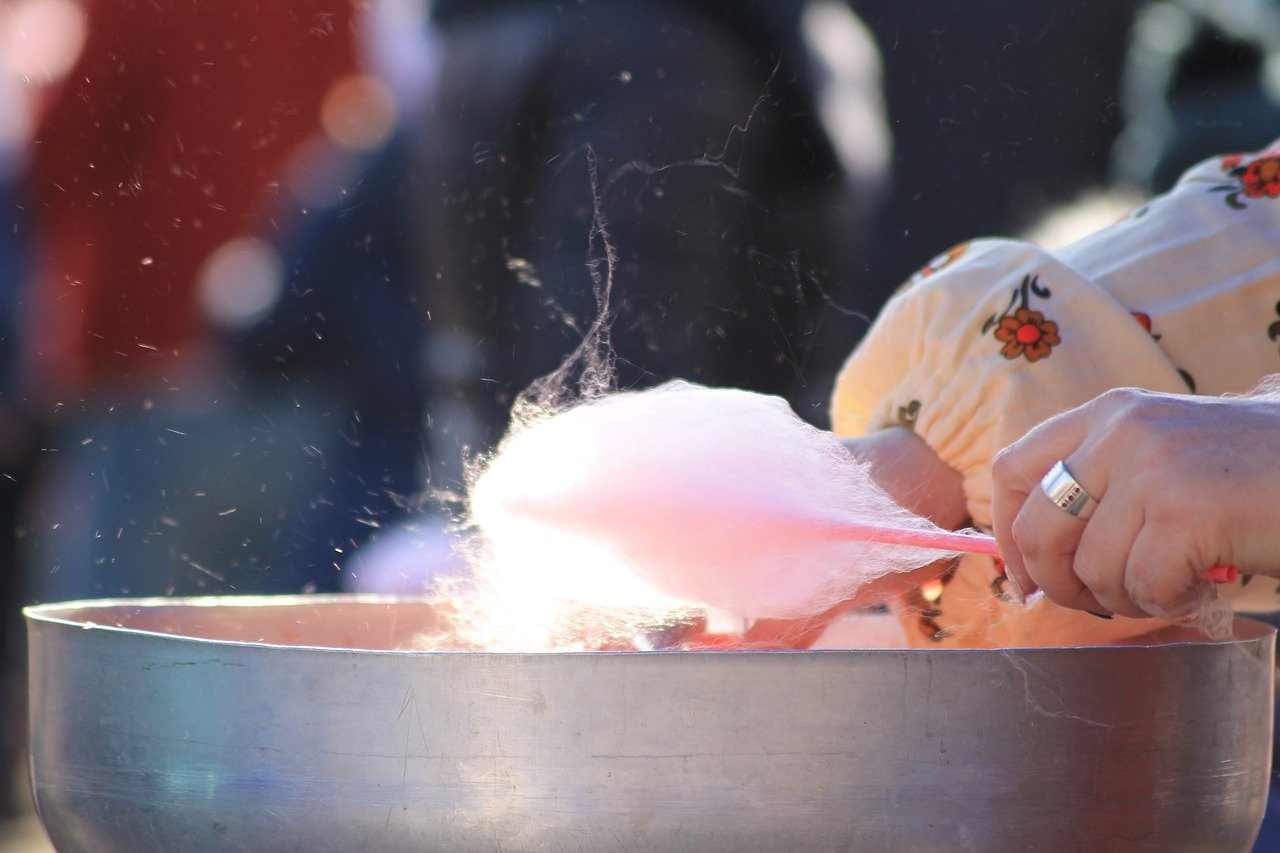
Cotton candy is favorite at fairs and events.
The average monthly candy sales of U.S. convenience stores are currently at $6,928. (Statista)
Despite the pandemic, candy sales have been soaring throughout the year as consumers have turned to sweet treats. Since March 15, candy sales are up by 4.3% according to data from the National Confectioners Association. (FoodDive)
The U.S. makes up more than 27% of the global gum market size in 2020. (Global Newswire)
According to Chicago-based research firm IRI, hard candy generated close to $571 million in the year ending June 14, 2020. Down by 2.6% from a year ago. (Candy Industry)
Last easter, U.S. chocolate sales in mass distribution channels amounted to $323.3 million. (Statista)
Attention Founders: Download our food business startup kit with business canvas, startup spreadsheets, and exclusive interviews.
Chocolate sales accounted for a huge $21.1 billion of the candy industry back in 2014, which represents 60%.
This revenue of $21.1 billion in 2014 was a 2.9% gain over the past year.
Werther’s Original topped the non-chocolate sugar-free segment, bringing in close to $41 million in the 52 weeks ending June 14. Up by 12.1% from last year. (Candy Industry)
Grocery store sales increased by 99% in the middle of March, according to the U.S. Department of Agriculture. The figure is 25% higher in April 2020, as compared to last year. (Fortune Business Insights)
U.S. retail sales of gums, pastilles, jellies, and chews hit $3.9 million. (Statista)
Candy Sales Channels % of Sales (Franchise Help)
- Grocery Stores 22%
- Mass merchandise outlets 21%
- Convenience stores 16%
- Club stores 13%
- Drug stores 9%
- Confectionary stores 5%
- Value/dollar stores 4%
Chocolate confectionery sales increased by 5.7% starting March 15, compared to a 2% increase in non-chocolate candy sales. (FoodDive)
Global Candy Numbers

Classic candy hearts.
The global cocoa and chocolate industry size was worth $44.35 billion in 2019 and is expected to hit $61.34 billion by the year 2027, with a CAGR of 4.4% during the forecast period. (Fortune Business Insights)
Sugar candies make up 60% of retail confectionery sales in China while it only accounts for 25% in Europe. (Market Watch)
China, the world’s 2nd largest economy, is anticipated to reach an estimated market size of $8.2 Billion in the gum industry by the year 2027, having a CAGR of 6.8% through 2027. (Global Newswire)
Europe continues to be the major market with great potential thanks to looming trends such as healthy inclination with fat-free, low-fat, and sugar-free chocolates. (Fortune Business Insights)
The global energy bar market size is anticipated to hit 290 million Kg by the year 2023. (Market Watch)
Seasonal Candy Figures

A candy cart.
According to a trade association, consumers participating in Halloween expect to spend $92.12, about $6 more than last year on average. (FoodDive)
Halloween candy and chocolate overall sales are up 13%, a growth that is driven by Halloween chocolate, which jumped 25.3%. (PR Newswire)
The Halloween season accounts for about $4.6 billion in candy sales every year. (Candy USA)
74% of millennial moms young parents say that Halloween 2020 is more important than ever despite the current pandemic. (Candy USA)
Halloween chocolate and candy sales rose 17.1% in the grocery sales channel alone. (PR Newswire)
A Sense of Normal
Despite all of the challenges of the past year across so many industries, the candy industry has emerged as a bright spot. In times of uncertainty, people turn food items and tastes that are familiar to them. Whether your favorite treat is a starlight mint, candy bar, or a lollipop, you may have reached for one of these treats for a little bit of comfort and normalcy as well. Nostalgia is a powerful emotion people crave.
In addition to offering comfort, the candy industry provides a practical snack option with a long shelf life. In the past year, we saw the return of the home pantry. Even shows like The Home Edit became extremely popular that teach people how to organize the shelfs in their home using different plastic storage containers, bins, baskets. Everything from jelly beans to chocolate raisins can be stored in these containers and enjoyed months later.

